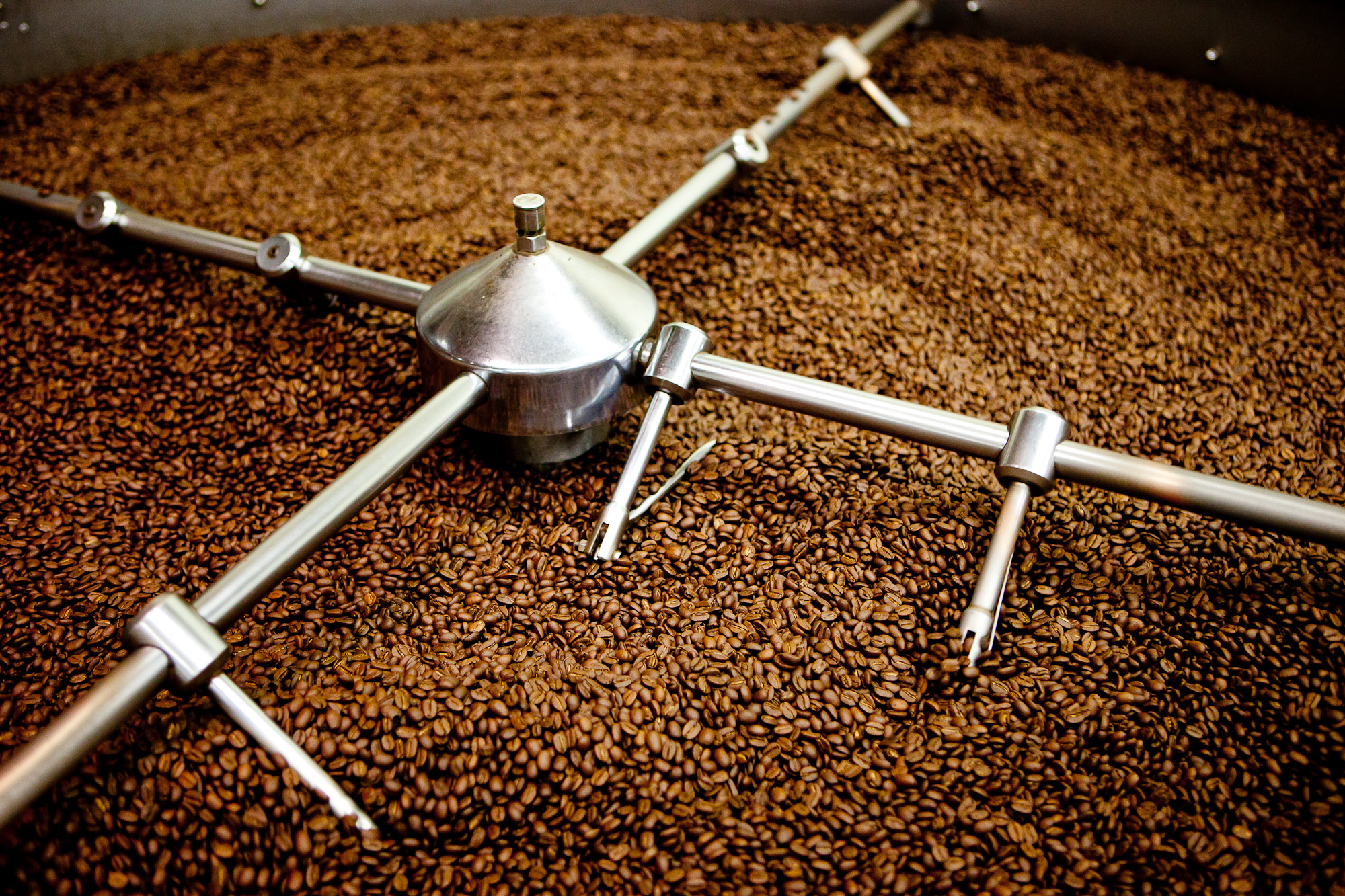Having a cup of coffee is varied and much of this
difference is owed to the roasting process. Bean varieties do play a role but
not as large as roasting. Two main methods are used today, fluid bed roasting
and drum roasting. The methods directly impact flavor with one producing a
slightly acidic taste and the other resulting in a full bodied more 'coffee
flavor'. Let's look at how the two work and be on your way in making your quick and easy recipes for your breakfast.
Fluid bed roasting
Fluid bed roasters, also called air roasters, use convection to 'cook'
the beans. Rather than direct heat, hot air permeates the interior to roast
them. The longer the process is performed, the beans produce a heavier flavor.
Much depends on temperature since beans should not be burnt, just roasted.
The term 'fluid' bed roaster would lead one to assume that water is
involved in the process. This isn't true and fluid here refers to how fluidly
the beans are allowed to move. As they're placed inside the roasting chamber,
they float on a bed of air and are subjected to the same temperature
simultaneously. This increases consistency and it's rare to find beans roasted
in a fluid bed roaster with unequal roasts.
Most fluid bed roasters are easy to operate though some training is
required. They work faster too, taking only 6 to 10 minutes to roast a batch of
green coffee beans. This speed comes in handy as customers don't need to wait
long when placing an order.
Drum roasting
Drum roasting produces a flavor that's strong. When roasted at higher
temperatures and for a longer time, a burnt taste is produced. Like fluid bed
roasting, convection is used to roast beans but so is conduction or the
application of direct heat. The drum also adds to the heat as it is warmed.
Drum roasted coffee beans have a flavor that tends to linger in the
palate long after the beverage is consumed. Many people prefer this especially
those favoring strong coffee.
Unlike fluid bed roasters, drum roasters need more operation training.
This is why they aren't typically purchased for light use. What does fall in
their favor according to proponents is durability as they don't need very high
speed fans like fluid bed roasters. Air flow is also controllable even if
consistency is reduced.
The two techniques given here are what commercial roasters follow.
Homeowners usually favor pan roasting as there's no need for expensive
equipment and no real training. Not many roast their own coffee because it
takes time and needs precision. However, coffee aficionados who prefer
freshness above all else do away with commercial roasting. Using a cast iron
pan, a food thermometer and a timer, small batches of beans are roasted so that
they can be consumed fast and retain freshness.
If consumers decide to get either fluid bed or drum roasters, there are
some questions that need answering. Manufacturers will make their products out
to be the best so it's important to know what to look for.
When buying fluid bed roasters
• Ease of cleaning the machine, range of functions, how noisy it is,
how evenly it roasts and warranty period should be found out.
When buying drum roasters
• Range of functions, durability and warranty, how much does it smoke
and how hot does the drum get are key questions to ask.

No comments:
Post a Comment